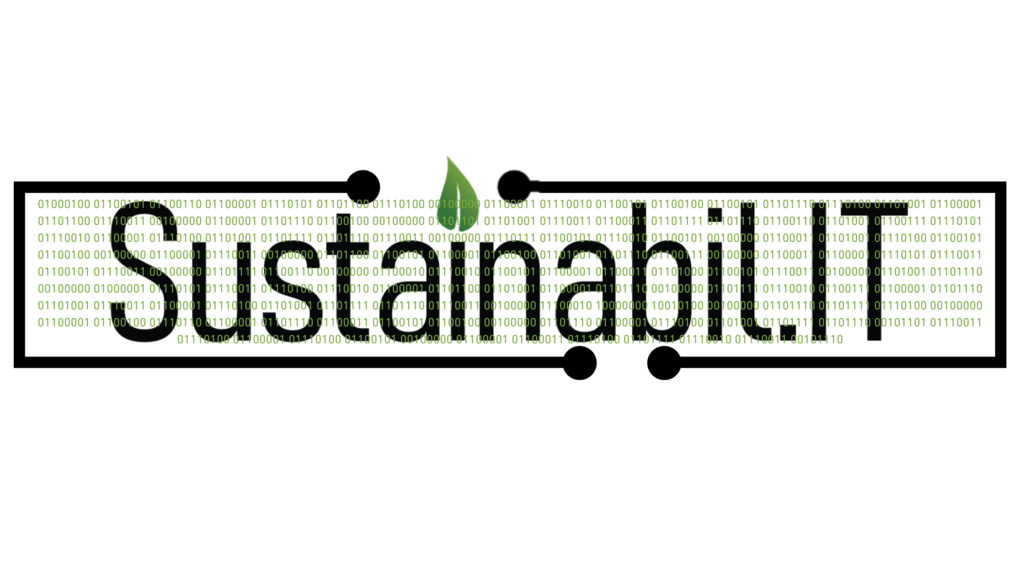How to Build a Secure IoT Ecosystem.

The Internet of Things (IoT) has revolutionised how we interact with technology and the world. From smart homes to industrial automation, IoT devices have permeated every aspect of our lives. However, with the convenience of interconnected devices comes significant security challenges. Building a secure IoT ecosystem is crucial to protect data, ensure privacy, and maintain the integrity of the systems involved. Today, we will explore the steps and best practices required to establish a secure IoT ecosystem.
The three main challenges to IoT security are device vulnerabilities, network security, and data privacy. IoT devices often have limited computational power and memory, which makes it difficult to implement robust security measures. These constraints can lead to vulnerabilities that malicious actors can exploit. Many IoT devices are designed with convenience rather than security, leading to weak default passwords and inadequate encryption protocols. IoT devices communicate over various networks, including Wi-Fi, Bluetooth, and cellular connections. Each of these communication channels presents unique security challenges. Hackers can exploit unsecured networks to intercept data or gain unauthorised access to devices. IoT devices collect vast amounts of data, some of which can be highly sensitive. Ensuring the privacy of this data is paramount. Unauthorised access or data breaches can lead to severe consequences, including identity theft, financial loss, and erosion of trust.
When addressing security challenges in the IoT ecosystem, it is crucial to implement various measures to establish a secure environment. Manufacturers should prioritise security features early in the IoT device design process, such as secure boot procedures, hardware-based security modules, and robust encryption methods. Regular firmware updates should be supported to address vulnerabilities and enhance overall device security. It is also essential to encrypt all communication between IoT devices and servers using protocols like Transport Layer Security (TLS) to protect data from interception and tampering. Secure APIs should be used for external communications to further bolster security.
Enhancing authentication methods by incorporating strong multifactor authentication (MFA) and enforcing unique, strong passwords are vital in securing IoT devices. Implementing network segmentation, such as Virtual Local Area Networks (VLANs) and firewalls, can help reduce the impact of potential security breaches by isolating IoT devices from critical systems and networks. Continuous monitoring of IoT devices and networks, with routine security audits, vulnerability assessments, and proactive identification and resolution of security weaknesses, is crucial for maintaining a secure IoT environment and effectively responding to security threats.
User awareness is a critical component of IoT security. Educating users about the importance of strong passwords, regular updates, and safe usage practices can significantly reduce the risk of security incidents. Providing clear, user-friendly instructions for securing devices can empower users to take an active role in maintaining security. Following industry standards and best practices can help ensure a baseline level of security for IoT devices. Standards such as ISO/IEC 27001, NIST Cybersecurity Framework, and IoT Security Foundation guidelines provide comprehensive frameworks for securing IoT ecosystems. Managing the entire lifecycle of IoT devices, from deployment to decommissioning, is essential for maintaining security. This includes secure provisioning, regular maintenance, and secure decommissioning practices to ensure that devices do not pose a security risk once they are no longer in use. Collaboration with cybersecurity experts and organisations can provide valuable insights and resources for securing IoT ecosystems. Engaging with security researchers, taking part in threat intelligence sharing, and staying informed about the latest security trends can help organisations stay ahead of potential threats. Fostering a security-first culture within organisations can ensure that security is prioritised at every level. This includes integrating security into the development process, encouraging open communication about security concerns, and providing ongoing employment training.
Illustrating Security Measures in a Smart Home Setting
Let’s show how to apply security measures using a smart home ecosystem. A typical smart home setup includes smart thermostats, security cameras, smart locks, and voice assistants. Here’s how we can integrate the discussed principles:
- Designing with Security as the Top Priority: Manufacturers should ensure home devices have security features like secure boot, hardware encryption, and firmware update support. For example, a smart thermostat should have encrypted communication channels and strong access controls.
- Implementing Strong Authentication Methods: All devices should require robust, unique passwords and ideally offer multi-factor authentication (MFA). For instance, a smart lock could demand a password and biometric verification like a fingerprint or facial recognition.
- Securing Communication: Encrypt communication between smart home devices and central hubs or cloud services using TLS to protect data like security camera video feeds from unauthorised access.
- Regular Firmware and Software Updates: Manufacturers should provide regular updates to address vulnerabilities. Users should be encouraged to enable automatic updates to ensure devices use the latest software versions.
- Network Segmentation: Keep smart home devices separate from critical ones like personal computers and smartphones by placing them on a dedicated network segment. This can be achieved by establishing a distinct VLAN for IoT devices.
- Monitoring and Responding to Threats: Integrate an Intrusion Detection System (IDS) in the smart home network to detect unusual activities. For example, a sudden increase in data transmission from a security camera could show a potential breach.
- Conducting Regular Security Audits: Regular security audits of the smart home environment help identify and address vulnerabilities. This involves checking for default passwords, ensuring up-to-date firmware, and verifying encrypted communication channels.
Building a secure IoT ecosystem is a multifaceted challenge that requires a proactive and comprehensive approach. By designing devices with security in mind, implementing strong authentication mechanisms, ensuring secure communication, and regularly updating firmware, we can significantly reduce the risk of security breaches. Network segmentation, continuous monitoring, and regular security audits further enhance the security posture of IoT ecosystems. Educating users, adhering to industry standards, and fostering a security-first culture are critical components of a successful IoT security strategy. By following these steps and best practices, we can create a secure and resilient IoT ecosystem that protects data, ensures privacy, and maintains the integrity of interconnected systems.
